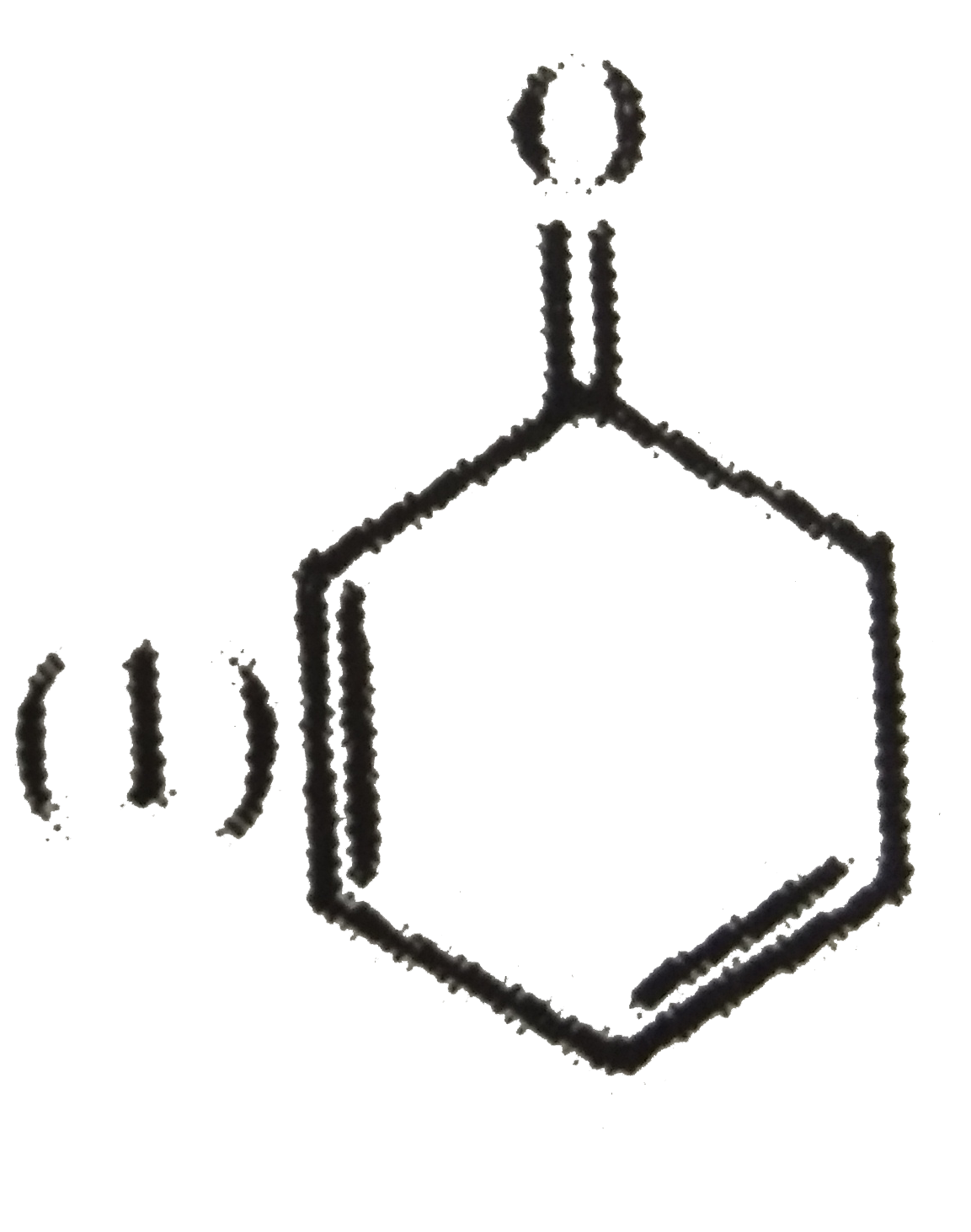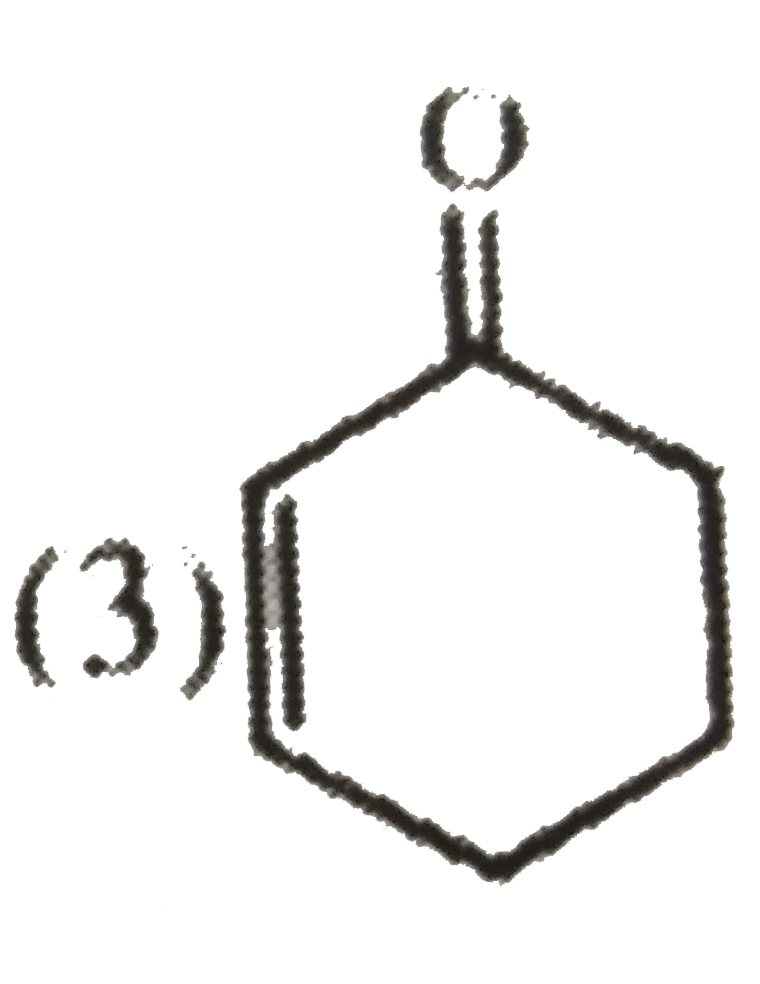Covalency of oxygen cannot exceed 2 unlike sulphur which can show +4 or +6 because
oxygen atom does not have d-orbitals
oxygen atom has two unpaired electrons in its valence shell
oxygen can form a double bond with another oxygen atom
electrons of oxygen atom cannot be promoted to d-orbitals due to its small size.
The correct Answer is:A
Step by step video, text & image solution for Covalency of oxygen cannot exceed 2 unlike sulphur which can show +4 or +6 because by Chemistry experts to help you in doubts & scoring excellent marks in Class 12 exams.
Topper's Solved these Questions
- BOOK - NCERT FINGERTIPSCHAPTER - THE P-BLOCK ELEMENTS EXERCISE - Dioxygen2videos
THE P-BLOCK ELEMENTS
- BOOK - NCERT FINGERTIPSCHAPTER - THE P-BLOCK ELEMENTS EXERCISE - Simple Oxides2videos
THE P-BLOCK ELEMENTS
- BOOK - NCERT FINGERTIPSCHAPTER - THE P-BLOCK ELEMENTS EXERCISE - Oxoacids Of Phosphorus5videos
THE P-BLOCK ELEMENTS
- BOOK - NCERT FINGERTIPSCHAPTER - THE D- AND F- BLOCK ELEMENTS EXERCISE - Assertion And Reason15videos
THE D- AND F- BLOCK ELEMENTS
- BOOK - NCERT FINGERTIPSCHAPTER - THE SOLID STATE EXERCISE - Assertion And Reason15videos
THE SOLID STATE
Similar Questions
Maximum covalency of oxygen is 4. Why?
View SolutionRead the given passage and answer the questions that follow :
The anomalous behaviour of oxygen, like other members of p-block present in second period is due to its small size and high electronegativity. One typical example of effects of small size and high electronegativity is the presence of strong hydrogen bonding in H2O which is not found in H2S. The absence of d-orbitals in oxygen limits its covalency to four and in practice, rarely exceeds two. On the other hand, in case of other elements of the group, the valence shells can be expanded and covalence exceeds four.
How can we expand the valency shell in the case of elements lying lower in the group of oxygen ?View Solution
Knowledge Check
- Question 1 - Select One
Which cannot show tautomerism ?
A B
B C
C D
D
- Question 2 - Select One
Oxygen is always divalent while sulphur can form 2, 4 and 6 bonds because
AOxygen is more electronegative than sulphurBSulphur has d-orbitals while oxygen does notCSulphur has larger atomic radius than oxygenDSulphur is more electronegative than oxygen. - Question 3 - Select One
Oxygen is gas but sulphur is solid because
Amolecular mass of sulphur is much higher than of oxygenBoxygen is a stronger oxidising agent than sulphurCboiling point of sulphur is much higher than that of oxygenDoxygen is composed of discrete molecules while sulphur is polymeric
Read the given passage and answer the questions that follow :
The anomalous behaviour of oxygen, like other members of p-block present in second period is due to its small size and high electronegativity. One typical example of effects of small size and high electronegativity is the presence of strong hydrogen bonding in H2O which is not found in H2S. The absence of d-orbitals in oxygen limits its covalency to four and in practice, rarely exceeds two. On the other hand, in case of other elements of the group, the valence shells can be expanded and covalence exceeds four.
First element of the groups in p-block shows anomalous behaviour from other elements of the group. Explain.View SolutionRead the given passage and answer the questions that follow :
The anomalous behaviour of oxygen, like other members of p-block present in second period is due to its small size and high electronegativity. One typical example of effects of small size and high electronegativity is the presence of strong hydrogen bonding in H2O which is not found in H2S. The absence of d-orbitals in oxygen limits its covalency to four and in practice, rarely exceeds two. On the other hand, in case of other elements of the group, the valence shells can be expanded and covalence exceeds four.
Name the fifth member of the group of oxygen.View SolutionRead the given passage and answer the questions that follow :
The anomalous behaviour of oxygen, like other members of p-block present in second period is due to its small size and high electronegativity. One typical example of effects of small size and high electronegativity is the presence of strong hydrogen bonding in H2O which is not found in H2S. The absence of d-orbitals in oxygen limits its covalency to four and in practice, rarely exceeds two. On the other hand, in case of other elements of the group, the valence shells can be expanded and covalence exceeds four.
Give the names of third and fourth members of the group to which O and S belong.View SolutionRead the given passage and answer the questions that follow :
The anomalous behaviour of oxygen, like other members of p-block present in second period is due to its small size and high electronegativity. One typical example of effects of small size and high electronegativity is the presence of strong hydrogen bonding in H2O which is not found in H2S. The absence of d-orbitals in oxygen limits its covalency to four and in practice, rarely exceeds two. On the other hand, in case of other elements of the group, the valence shells can be expanded and covalence exceeds four.
H2O is a water at room temperature whereas H2S is a gas.View SolutionOxygen does not form OF6 because
View Solution

